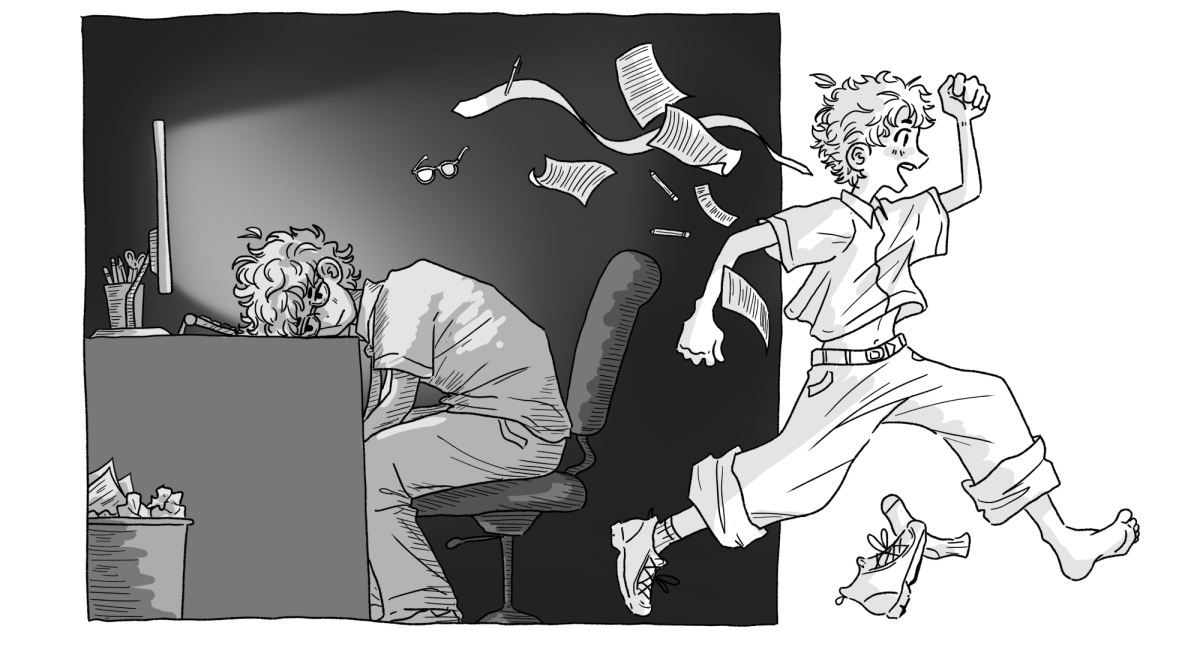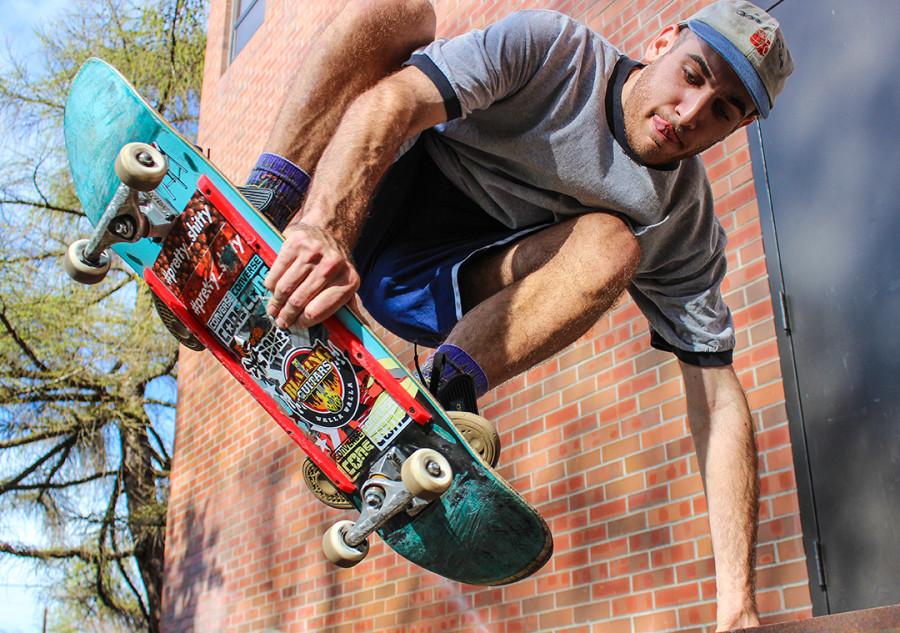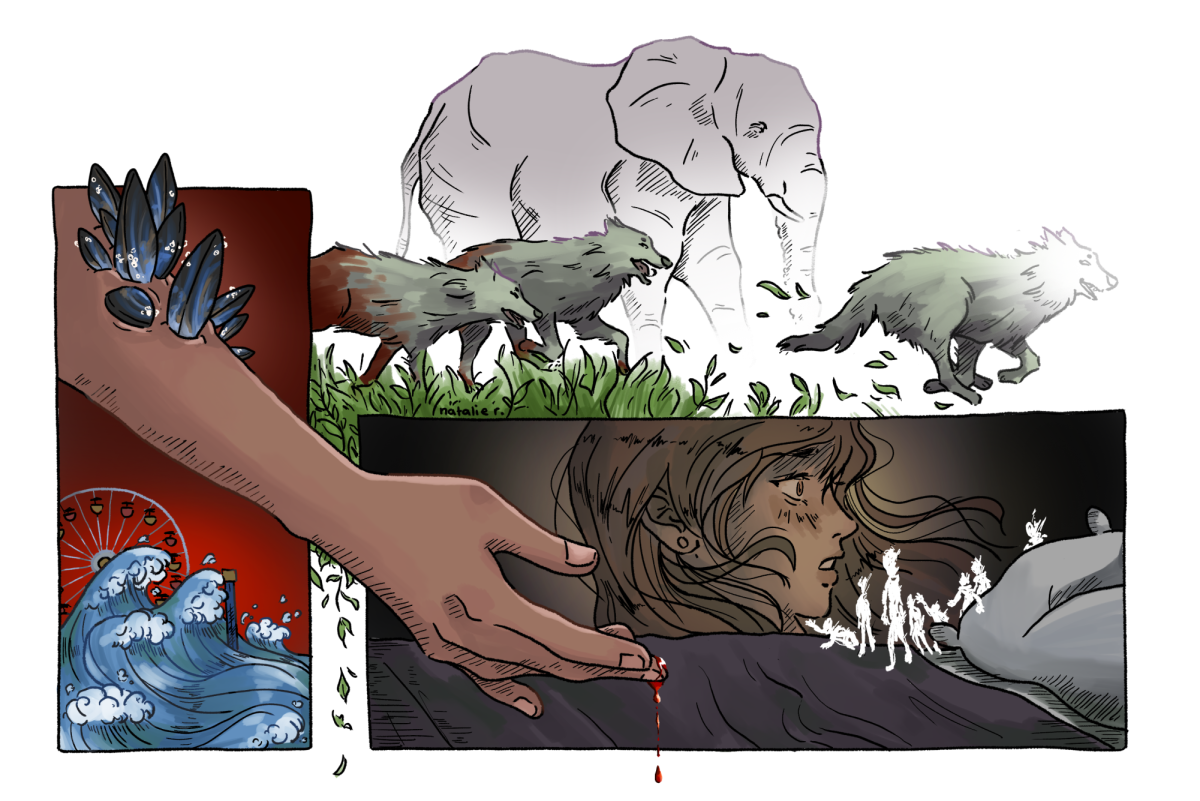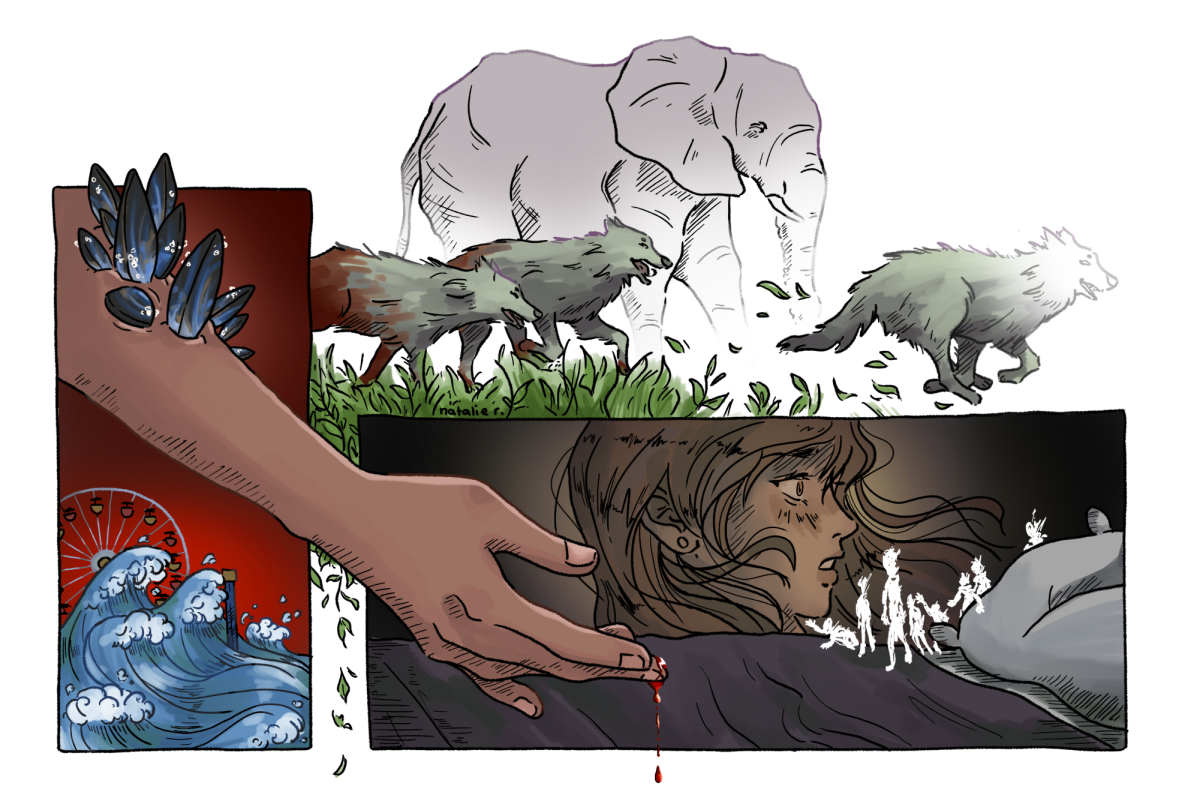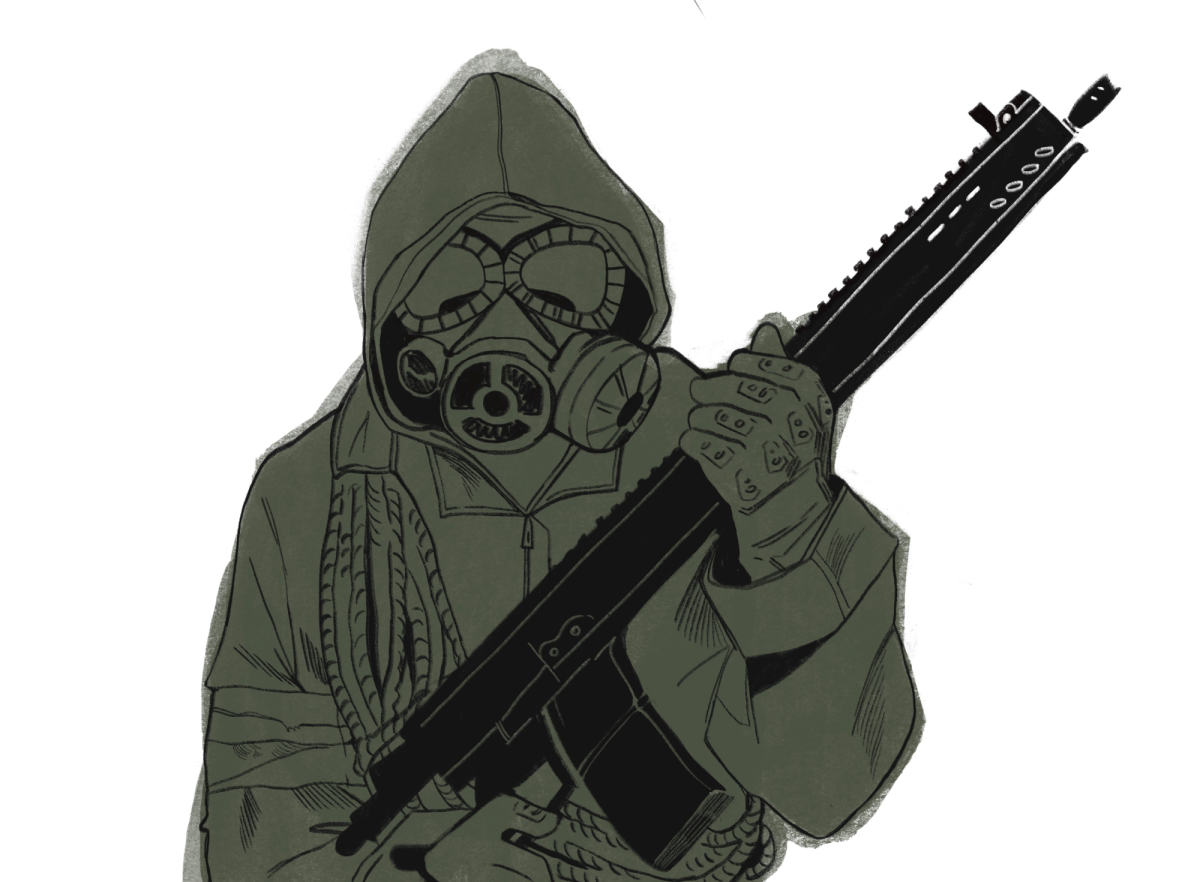While fall IM Football may have wrapped for the season, concerns remain that the Welty Health Center falls short when it comes to caring for non-varsity athletes.

The ASWC Student Affairs Committee started an initiative earlier this semester in an attempt to make sure IM and club athletes were covered by the Whitman Health Policy in regards to injuries on the playing field. However, the committee soon realized that these athletes are indeed covered by the policy, rendering the initiative unnecessary.
At Whitman, students are required to have some form of health insurance, whether it is from a private provider or from Aetna, the basic illness and injury policy offered by the college. Regardless of insurance, any student can go to the Health Center free of charge, for whatever needs he or she may have. But when it comes to sports injuries, students seem unsure of the care they will receive.
“I was sure that it would be good quality care, but I was unsure if it would be up to the quality of a doctor,” said Thomas Barber ’15, an IM football athlete.
Coverage varies for private insurance companies, but within the Aetna policy, 80 percent of charges are covered. This applies to all sports injuries that need care outside of the center, even those from club and intramural play. Even so, the misconception of lacking coverage for non-varsity athletes may have stemmed from a clause within Aetna’s policy. In a long list of “Exclusions and Limitations” within the brochure, the policy states that it excludes “expense incurred for injury resulting from the plan or practice of intercollegiate [varsity] sports, in excess of $250.”
However, in parentheses following that statement, the policy states, “Participating in sports clubs, or intramural activities, is not excluded.”
“So, participating in IM and club sports is still covered . . . It is important to clarify that care provided at the health center is not submitted to any insurance. Our care is without cost to any Whitman student regardless of injury,” said Claudia Ness, R.N., director of the health center.
Still, the staff of the health center understands that, although general insurance coverage is the same for all Whitman athletes, there are differences because of the benefits that special varsity plans include.
“The Athletic Training department in Sherwood is only open to varsity athletes,” Ness said.
Acknowledging this discrepancy and the need for sports medicine that IM and club athletes have demonstrated just this season, the health center has started an initiative to broaden treatment.
“Up until now there has been no dedicated space for club and IM athletes to be treated in. To make that available, the health center is working on putting student trainers in place by spring,” said Ness.
To compensate for the current unavailability of trainers, the health center helped sophomore Kendell Gilmore find a physical therapist to meet with during her recovery from a knee injury she sustained while playing IM football.

“I followed up with physical therapy through the health center and they actually hooked me up with a really great physical therapist . . . It was really convenient for me because he could just come to the clinic and see me, so I could see him right there and I didn’t have to drive anywhere,” said Gilmore.
However, the cost of Gilmore’s injury, amplified by physical therapy fees, is enough to make her reconsider the nature of her participation on the field.
“Definitely with the cost of getting injured I’m going to have to think a little bit more carefully about which IM sports I play and how intense I’m going to be on the field,” said Gilmore.
Senior John-Henry Heckendorn, the athletics advocate for ASWC, acknowledges the risk factor of contact sports, but is actively working with students and administration to minimize the risks for participants.
“You can’t put people in a bubble. Sports are necessarily somewhat risky; people are going to get hurt,” he said.
Heckendorn is currently attempting to collaborate with the health center to help athletes stay safe and understand their own liability, including implementing a consistent safety seminar for IM football athletes, recruiting student trainers to hold office hours in the health center, and systematically screening athletes who have suffered concussions before permitting them to go back on the playing field.
“For the past couple of years, ASWC has been putting a lot of pressure on the college to provide training services for non-varsity athletes, and this year we’re actually making some headway on that,” said Heckendorn. “What we’ve decided to do is to institute a student-trainer program, where students who take the Advanced [Sports Medicine course] are going to have the opportunity to work at the health center, so they’ll hold office hours . . . That’ll be going into place next semester, and we’re actively trying to recruit students in this.”
Heckendorn believes that teaching safe rules and practices to athletes who may be overeager or inexperienced is an effective way of preventing injuries before they even happen.
“You need to come up with an appropriate set of rules and then be consistent about them and not constantly changing them,” said Heckendorn.
Focused on the same goal of awareness and safety, Ness and her staff want students to realize the complete benefits of health care at Whitman: both through the insurance policy and through the center’s services: without needless concerns that they won’t be covered.
“We need to get the word out to students that it is not accurate to think that [the school’s] insurance policy will not help them if they become injured,” Ness said.



